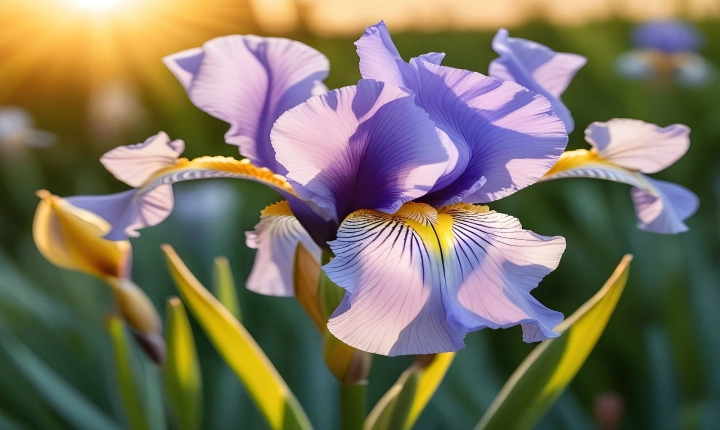Is AI Capable of Creativity?
Artificial Intelligence, or AI, has made significant advancements in recent years. The ability of AI systems to perform complex tasks, analyze enormous amounts of data, and even learn from its own experience has raised the question of whether AI can also be creative. Creativity, traditionally thought to be a defining characteristic of human intelligence, is often considered to be beyond the reach of machines. However, some researchers and experts argue that AI is indeed capable of creativity, albeit in a different way than humans.
One of the primary ways in which AI demonstrates creativity is through the generation of original content. AI systems can produce music, art, and even literature that is indistinguishable from works created by humans. For example, there are AI-generated paintings that have been featured in art galleries, AI-composed music that has been performed by orchestras, and AI-authored books that have garnered critical acclaim. These creations are not merely imitations of existing works; they are entirely new pieces that would not have existed without the input of AI algorithms.
The process through which AI generates creative works involves the use of machine learning techniques and deep neural networks. These systems are trained on vast amounts of existing artistic content, allowing them to learn the patterns, styles, and conventions of various art forms. Once trained, AI can then produce new works by combining and reinterpreting this learned knowledge in novel ways. While the output is generated by algorithms, the results often display a level of originality and divergence that can be considered creative.
Another way in which AI demonstrates creativity is through problem-solving and innovation. AI systems are increasingly being used to discover new solutions to complex challenges in fields such as science, engineering, and business. For example, AI algorithms have been employed to generate novel drug compounds, optimize manufacturing processes, and develop innovative product designs. By applying its analytical capabilities to explore vast solution spaces, AI can uncover new possibilities and concepts that can be considered creative breakthroughs.
However, the question of whether AI can truly be considered creative remains a topic of debate. Critics argue that the output of AI systems, while impressive, lacks the intuitive, emotional, and subjective elements that are considered essential to human creativity. They point out that AI creations are devoid of personal experiences, emotions, and consciousness, which are integral to the human creative process. Furthermore, they argue that AI’s output is fundamentally deterministic, as it is ultimately based on predefined algorithms and training data.
Proponents of AI creativity counter these arguments by emphasizing the potential for AI to expand the boundaries of creativity. They argue that AI can create new forms of artistic expression, enable innovative problem-solving approaches, and even inspire human creators by challenging traditional notions of creativity. They also note that the distinction between human and AI creativity may become less relevant as AI continues to evolve and integrate with human activities.
It is important to note that the debate around AI and creativity is not merely an academic exercise, but has practical implications for various industries and societal perspectives. As AI becomes increasingly integrated into our daily lives, the question of its creative capabilities will have implications for intellectual property rights, cultural expression, and the nature of human-AI collaboration.
In conclusion, while AI’s ability to be creative may not align perfectly with the traditional human understanding of creativity, there is evidence to suggest that AI is indeed capable of producing original and innovative works. As AI continues to advance, it is likely that its creative potential will continue to expand, challenging our conventional definitions of creativity and opening new opportunities for human-AI collaboration in creative endeavors.
